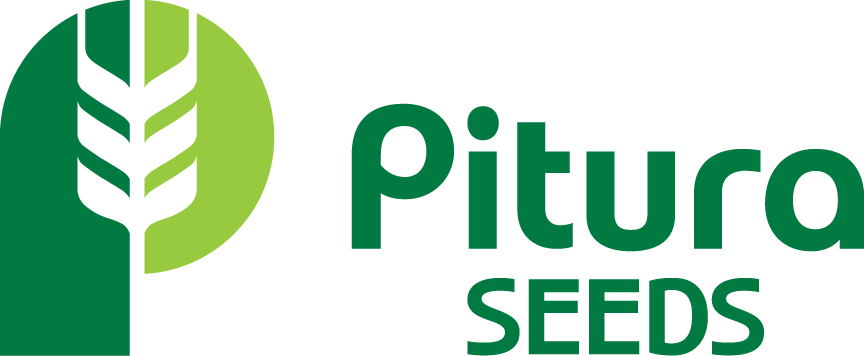Soybean Harvest Quality
Many of us haven’t seen above average soybean yields across the board since 2016 but 2022 is shaping up to be another fantastic soybean year, surpassing 2016 yield numbers in many areas. Even though spring was late for a lot of growers, the remainder of the growing season was optimal for our soybean crops with enough accumulated heat units and plenty of moisture.
From the perspective of a seed processor, soybean harvest isn’t just about yield, it’s also about seed quality. As the last few years have been dryer than normal, one of the biggest problems we’ve had to face in soybean seed production has been poor germination due to damaged seed coats. Dry seed (10-12% moisture content) is much more susceptible to mechanical damage during harvest and with each handling than seed at higher moistures. To help battle this issue, we encourage all of our seed growers to perform a Bleach Soak Test in the field to help visualise how much mechanical damage they are causing to the sample and act as a guide to make adjustments to equipment to bring the numbers down as low as possible.
To perform a Bleach Soak Test, we count out 100 seeds and soak them in a 10% solution of bleach and water for 5 minutes. Damaged seed will begin to swell as the solution makes its way underneath the cracked seed coat. After 5 minutes, we count how many seeds in our sample have become swollen.
This figure from Iowa State University shows the progression of damaged seed from slight damage (left) to extreme damage (right).
Although not an exact correlation, we often use the percentage of damaged seeds as an approximate indicator of what germination might be. Samples with a higher number of damaged seeds will often have a lower final germination, even after cleaning.
Some steps used by us and our seed growers to mitigate seed coat damage are:
Target moisture at harvest is approx. 15%
Performing multiple Bleach Soak Tests to get the sample as low as possible (target < 5% damaged seed)
Using conveyor belts whenever possible for gentle handling
Using bean ladders in our clean bins to minimize the distance soybean seed falls
Minimize handling as much as possible to maximize quality
Thankfully, so far this season, we’ve got the excellent combination of great yields and excellent quality. Initial results from harvest are showing bleach soak tests in the 0-5% range and first germination results back have been 98-99% which is fantastic to see. Another point to note is the seed size this year seems to be approximately 25% larger on average so planting in 2023 should be easier! I look forward to seeing the rest of the harvest samples come in and I believe this trend of exceptional quality will continue which only means good things for everyone.
-Thomas Cuddy

